
We’re turning the clock back to the 1960s on the Milwaukee, Racine & Troy State Line Route for our latest product review video. This time around we’ll take a look at the N scale Alco RSD5 from Atlas. Model Railroader Senior Editor Cody Grivno provides a brief history of the six-axle road switcher and Atchison, […]
Read More…

We’re turning the clock back to the 1960s on the Milwaukee, Racine & Troy State Line Route for our latest product review video. This time around we’ll take a look at the N scale Alco RSD5 from Atlas. Model Railroader Senior Editor Cody Grivno provides a brief history of the six-axle road switcher and Atchison, […]
Read More…
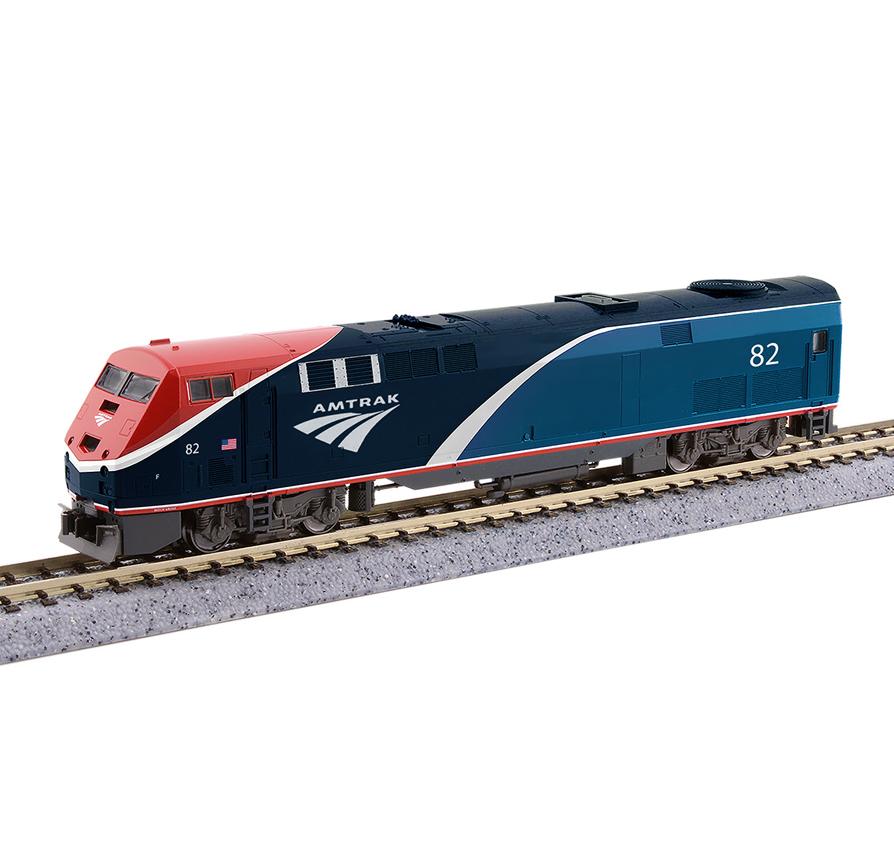
News & Products for the week of February 3rd 2025 Model railroad operators and builders can get the latest information about locomotives, freight cars, passenger cars, tools, track, and more by reading Model Railroader’s frequent product updates. The following are the products Model Railroader editors have news on for the week of February 3rd, […]
Read More…
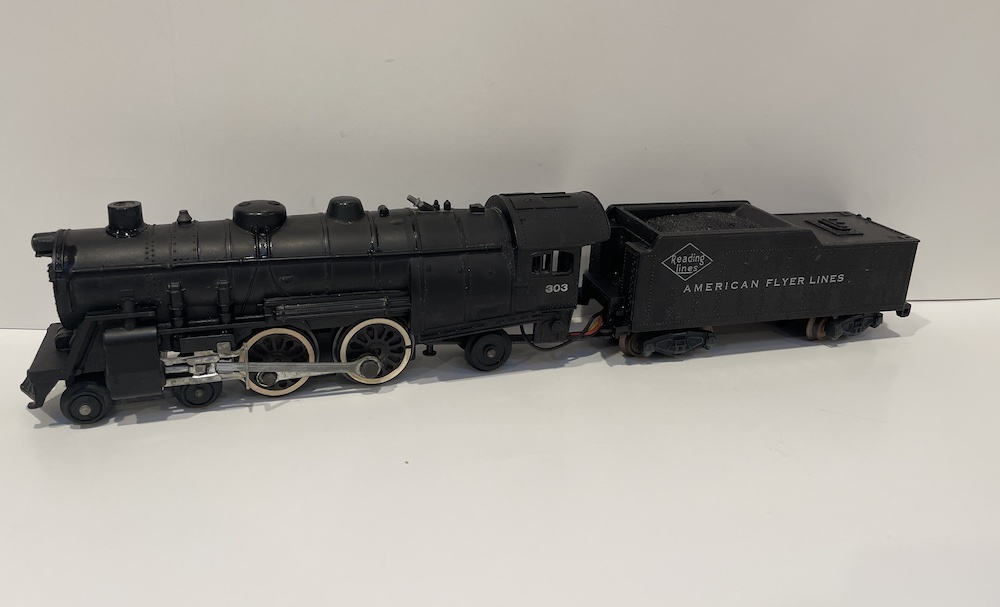
American Flyer’s No. 303 Reading Lines 4-4-2 Atlantic steam engine and tender helped to inspire a young boy growing up near Chicago back in the middle 1950s to first consider how he might make railroading the essence of his career. Kevin Keefe, who would grow up to serve as a distinguished editor for Trains Magazine […]
Read More…
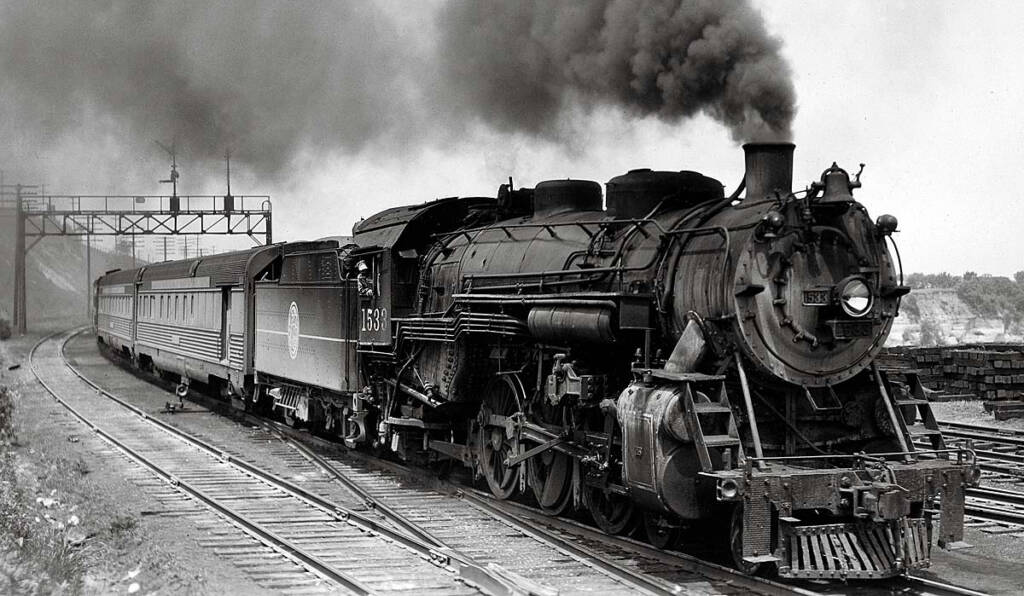
As an entity with 50-plus years under its belt, Amtrak now has plenty of its own history, in addition to that of the trains it took over as of May 1, 1971. Thus, it probably should not have been a total surprise when Amtrak launched a through train service in November 2024 between Chicago […]
Read More…

Brooks-built class Norfolk & Western K2 4-8-2 No. 117 goes for a turntable ride at Schaffers Crossing in Roanoke, Va., in 1954. The locomotive is one of 22 class K1 Mountain types given J-style streamlining in the late 1940s. W.A. Akin Jr. photo […]
Read More…
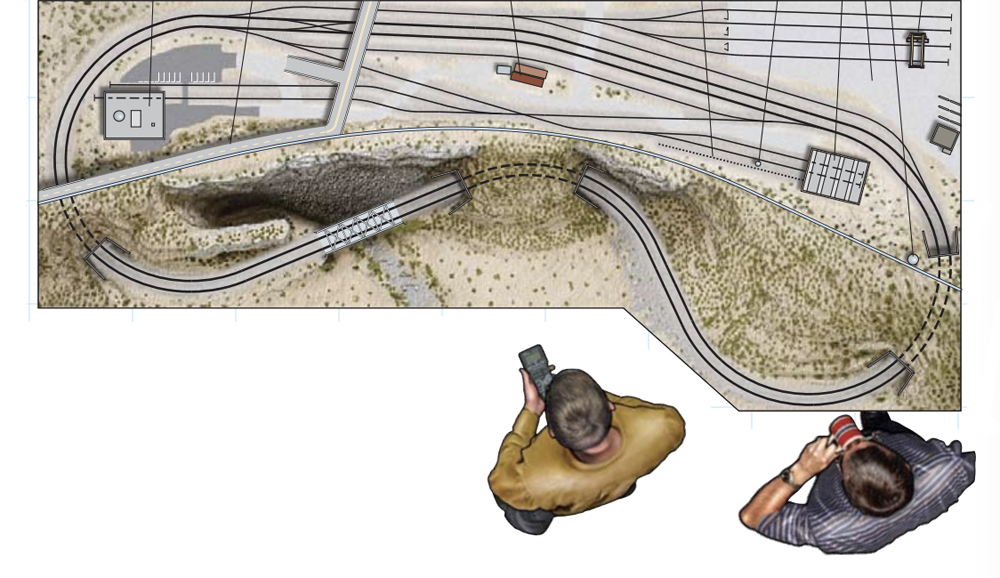
When it come to track plans, everyone has a favorite. After all, each modeler values and prioritizes different aspects of model railroading. Some prefer intricate freight switching layouts, while others prefer long, continuous passenger routes. Some like layouts with dense foliage and rolling hills, whereas other modelers may prefer flat, desert landscapes. We here at […]
Read More…
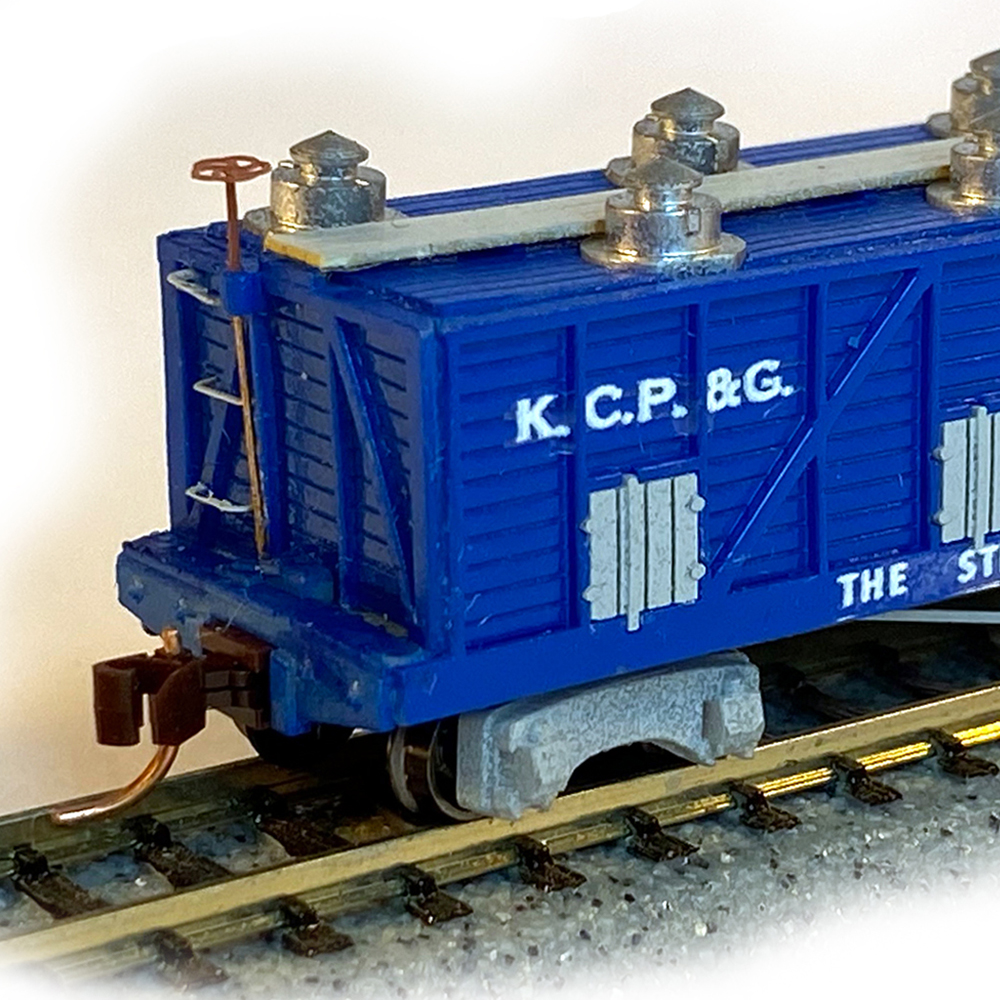
Q: I was wondering if you could provide me with information on what kind of loads an oyster cannery sends and receives? — Markus Russ A: I cast the net wide (pun fully intended) to help answer your question. I started internally. Trains magazine Associate Editor Bob Lettenberger wrote “Five mind-blowing facts — Stilwell Oyster […]
Read More…
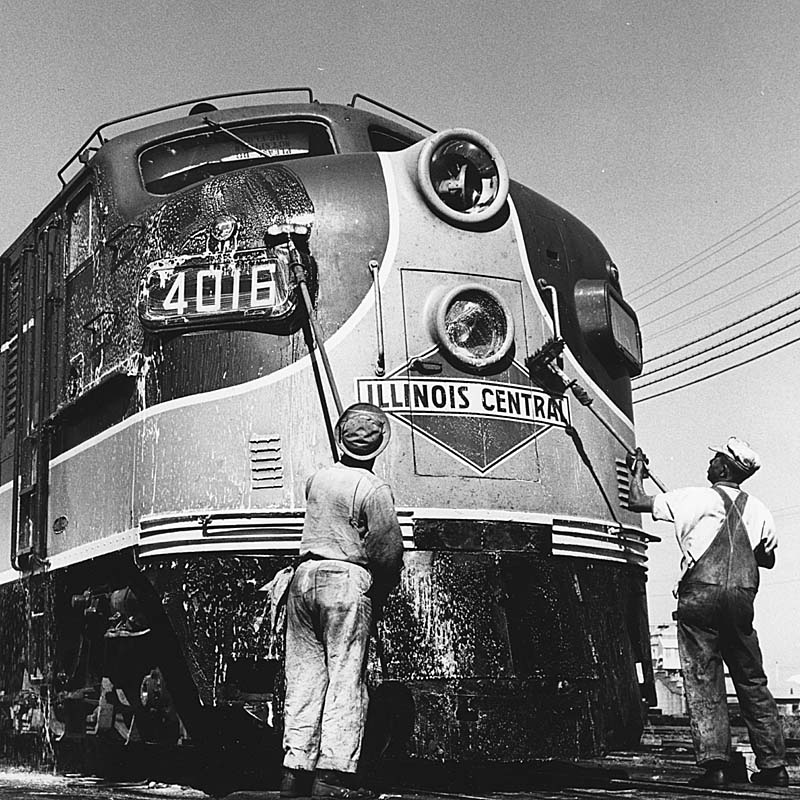
Of the many first-rate photographers who became fascinated by postwar railroading, one of the best was James La Vake. An airline pilot by profession, he also had some experience as a photographer, and it showed: his photos in Trains magazine in the late 1940s and early ’50s are among the best featuring diesel-powered streamliners. I’ve […]
Read More…

In Chicago, an observation car originally built for Great Northern’s 1947 Empire Builder is ready for its first run on the Western Star in June 1951. The trains utilized Chicago, Burlington & Quincy trackage east of Minnesota’s Twin Cities. Wallace W. Abbey photo […]
Read More…
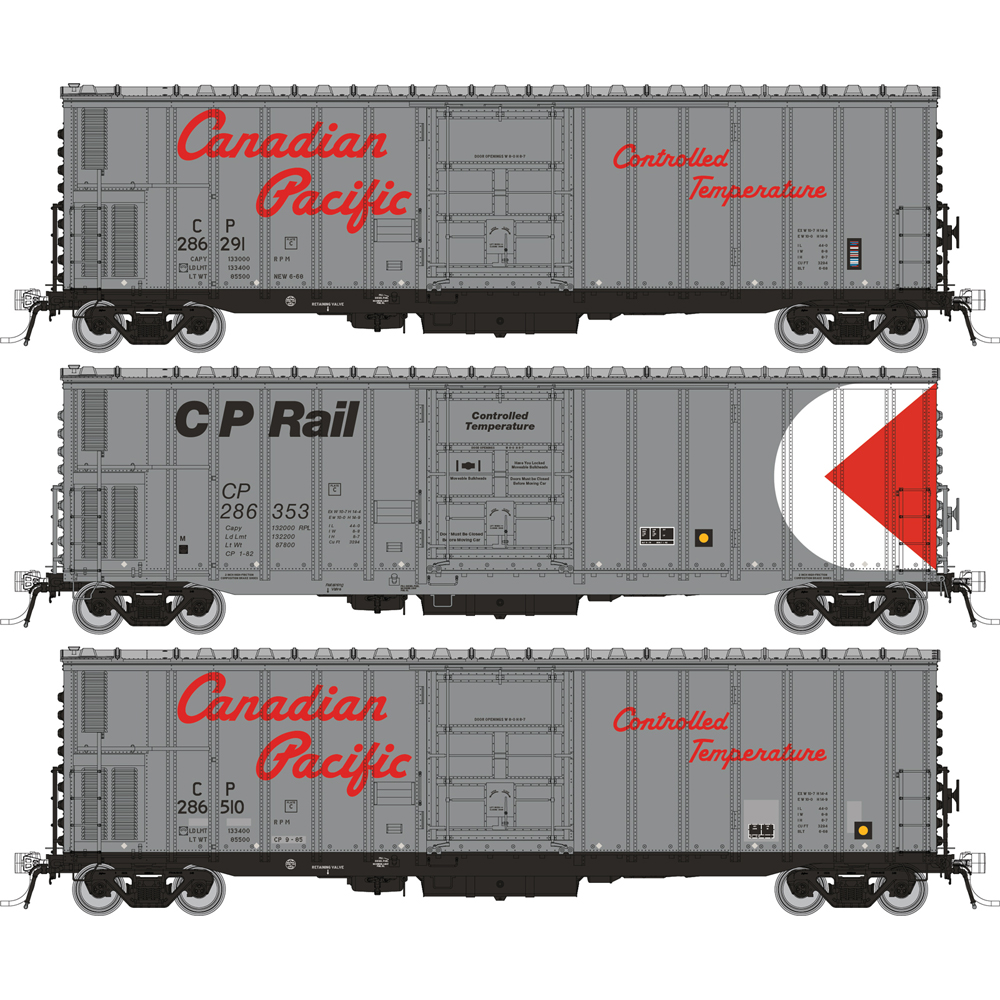
News & Products for the week of January 27th 2025 Model railroad operators and builders can get the latest information about locomotives, freight cars, passenger cars, tools, track, and more by reading Model Railroader’s frequent product updates. The following are the products Model Railroader editors have news on for the week of January 27th, […]
Read More…
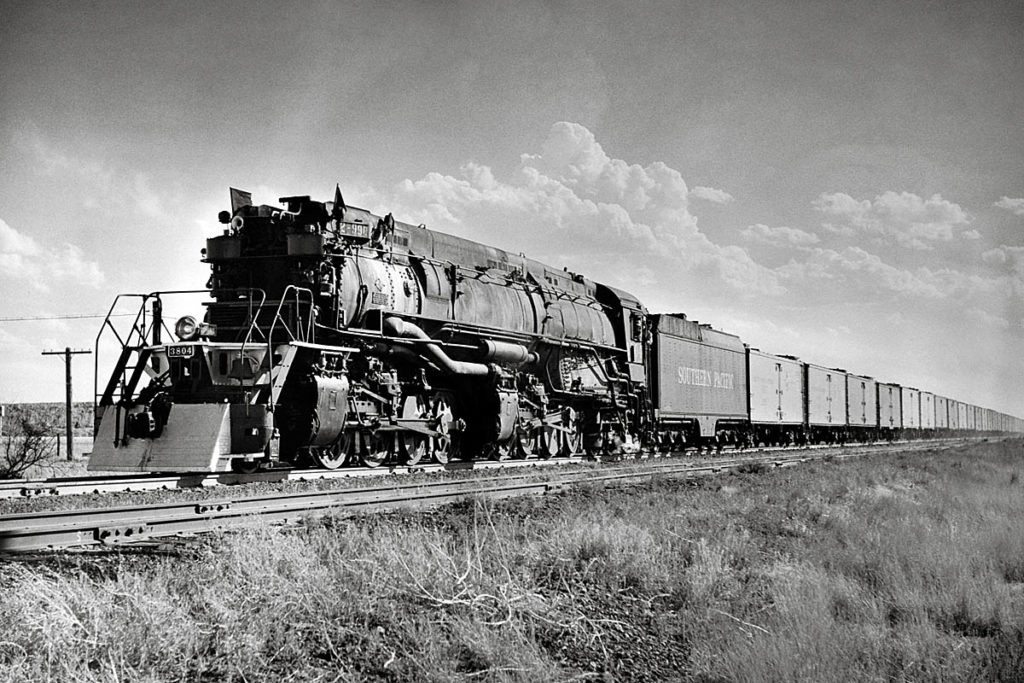
A Southern Pacific produce train arrives at Tucumcari, N.M., in June 1951 behind AC-9 class 2-8-8-4 No. 3804. The railroad had 12 such locomotives built by Lima in 1939. W.G. Fancher photo […]
Read More…











